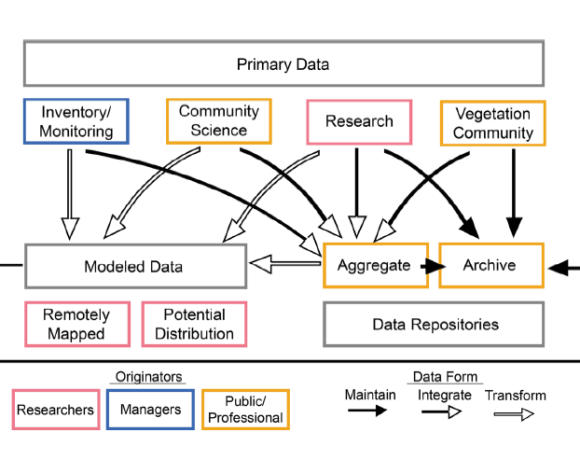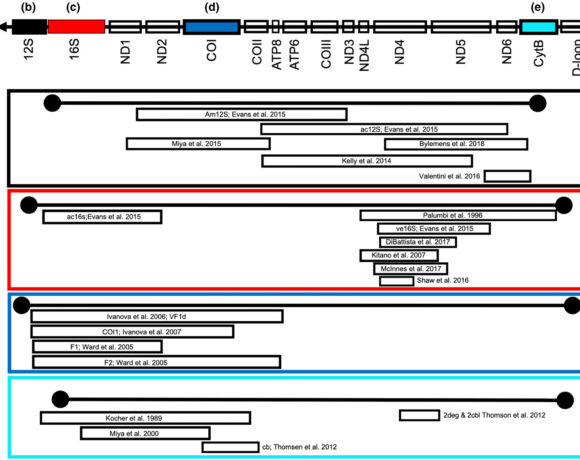Eradicating Eradication: A New Framework for Invasive Species Control
When eliminating invasive species population becomes an impractical goal, population suppression and containment become the next priority for management. However, developing quantitative measures and goals for these management activities can ultimately help define the success of these interventions. In their research, Green and Grosholz propose that shifting the paradigm of population suppression to what they call “Functional Eradication” allows for a more efficient model of management of invasive species. Borrowing from management approaches in disciplines of forestry and agricultural systems, this strategy focuses on severely reducing invasive species populations in certain key areas in order to mitigate negative impacts, rather than attempting to eliminate them all together throughout an expansive area. In order for this model to be effective, however, it is important for researchers to incorporate an understanding of the mechanism by which the invaders create a negative impact on the population as well as having an understanding of the population level at which these negative effects will occur and how fast that they will repopulate after eradication. By incorporating this understanding, researchers can then develop targeted strategies that also conserve management resources which can then be applied to other areas. Green and Grosholz point to the Red Lionfish (Pterois spp), the European green crabs (Carcinus maenas), and the Rusty crayfish (Faxonius rusticus) as example aquatic invasive species for which the functional eradication model has shown promise given their population density and invaded range.
Take-home points:
- Functional eradication is a strategy that focuses on suppressing populations of invasive species below levels that cause unacceptable negative impacts on conservation targets.
- This strategy requires key ecological information on the ecology of each invasive species, such as recolonization potential and understanding mechanism of negative effects.
- This strategy has been shown to be successful for the management of several species such as the Red Lionfish (Pterois spp), the European green crabs (Carcinus maenas), and the Rusty crayfish (Faxonius rusticus), providing the double benefit of efficiently suppressing the invasive species while using fewer resources.
- Whether or not functional eradication will be an effective approach for a certain species can depend on several factors, including their impact on ecosystems, population dynamics, and distribution of habitat.
Management implications:
- Developing conceptual frameworks and models such as functional eradication helps create more targeted conservation plans that conserve resources and also generate social and economic benefits.
- Detailed information on population density, how the species negatively affects an ecosystem, and how the population grows are needed to design an effective conservation plan with this approach.
- Without clear quantitative goals for invasive species control, conservation resources may be used inefficiently and success over time is difficult to document.













